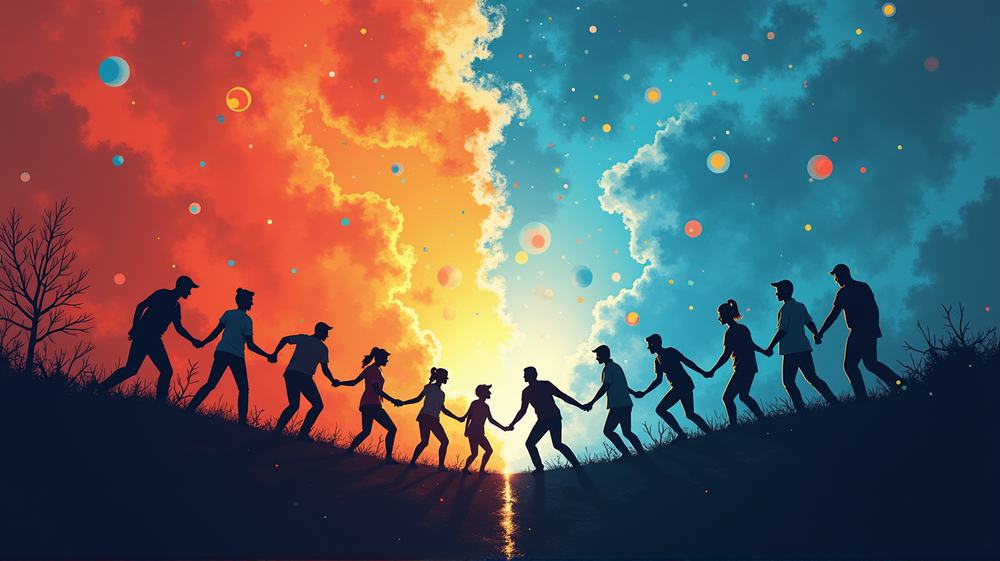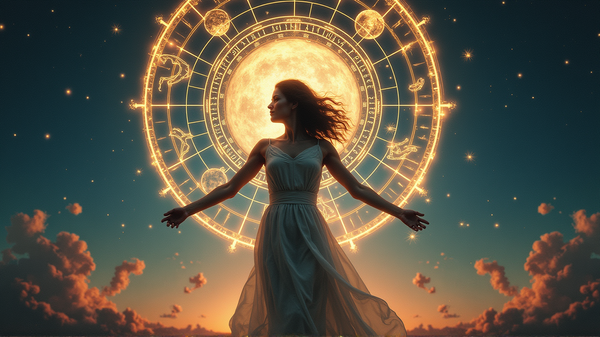Bluesky vs Twitter: A Digital Tug of War or Nostalgic Longing?
In the aftermath of Elon Musk’s 2022 purchase of Twitter, the web has witnessed the emergence of Bluesky, sparking intense debates across digital platforms. This nascent habitat becomes not a mere alternative but a battleground for ideological clashes, reflecting the cultural shifts in social media landscapes. Is this rivalry a reflection of political discourse, or is it a yearning for shared history and digital camaraderie?
Rise of Bluesky: Sanctuary or Battlefield?
The dawning of Bluesky in the post-Twitter era has kindled heated conversations about its ideological alignment and inclusivity. Predominantly harboring a left-liberal community, it’s perceived as an echo of Twitter’s past—a safe haven and ground zero for level conservatives to voice their contempt for its digital deportations. Yet, some claim it holds a penchant for exclusivity and rampant debates, leading to another form of ‘Twitterism.’
Essential Traits of ‘Blueskyism’
Nate Silver’s infamous newsletter demarcates a cultural shift through three points that define ‘Blueskyism’: smalltentism, credentialism, and catastrophism, suggesting a conscious effort within the platform to weave an identity rooted in unerring dedication to detailed discourse. According to Max Read | Substack, these traits resemble a culture of condescending elitism, but aren’t we all familiar with this digital phenomenon from Twitter?
Mirror to Twitter’s Soul?
Twitter, a platform notorious for its unrestricted debates and heated exchanges, seems reflected in Bluesky’s digital mirror. Whether a tweet goes viral on Twitter or a post on Bluesky garners attention, distasteful exchanges often follow. What draws so many to engage in these prolonged digital arguments? It seems the intoxicating pull of drama doesn’t dissipate across new platforms; it only multiplies.
Emotional Reunion or Political Battlefield?
Both platforms illustrate a tapestry of political and emotional factions. Yet, beyond the political facade lies a nostalgic undercurrent—a longing for interaction and contention that once flourished cohesively. The forced geographic separation among Twitter, Bluesky, and others has only heightened their shared sensations of longing and fiery discourse.
Digital Dramas: An Overwhelming Allure
As concluded by Silver, Twitter’s design encourages conflict. This allure exists in Bluesky’s cadre as well; eyes turn not just for political gain but for emotional satisfaction. The dissected communities of “X,” “Substack,” and “Mastodon” illustrate a complex yearning not for division but for the familiar thrill of interactive chaos.
In this tapestry of social media interaction, the discourse between Bluesky and Twitter showcases more than political divides—it spins a tale of interconnectedness and nostalgia, embodying not just where we stand but yearning for an era intertwined through constructive chaos.




